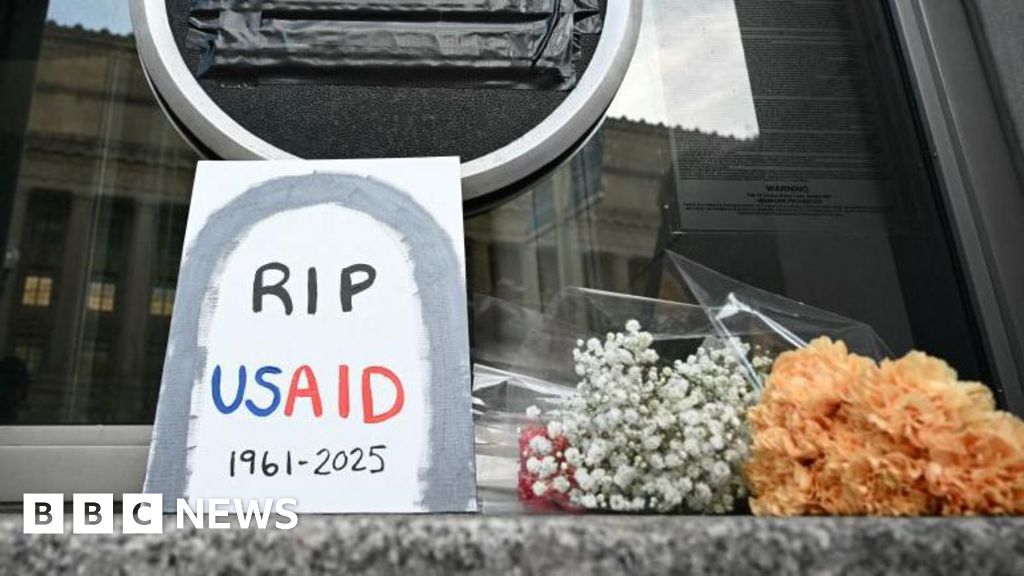Global Health in Peril: USAID Funding Halt Sparks Urgent Expert Alarm

Global health could face significant challenges as potential budget cuts threaten the United States Agency for International Development (USAID). These reductions may have far-reaching consequences that extend well beyond immediate financial concerns, potentially impacting critical areas of disease prevention and medical research.
The proposed cuts could dramatically slow the pace of vaccine development and emerging medical treatments, creating ripple effects that compromise global health security. Researchers and public health experts warn that reduced funding would not only hinder current medical initiatives but also potentially leave vulnerable populations at greater risk of infectious diseases.
USAID has long been a cornerstone of international health efforts, providing crucial support for disease surveillance, prevention, and treatment programs worldwide. By potentially limiting these essential resources, the budget reductions could create dangerous gaps in our collective ability to respond to health emergencies and emerging medical challenges.
The implications are particularly stark for developing regions, where healthcare infrastructure is often fragile and dependent on international support. Reduced funding could mean fewer resources for critical vaccination campaigns, medical research, and disease monitoring efforts that protect both local and global populations.
As policymakers consider these potential budget cuts, health experts emphasize the interconnected nature of global health and the importance of sustained, comprehensive international support.

